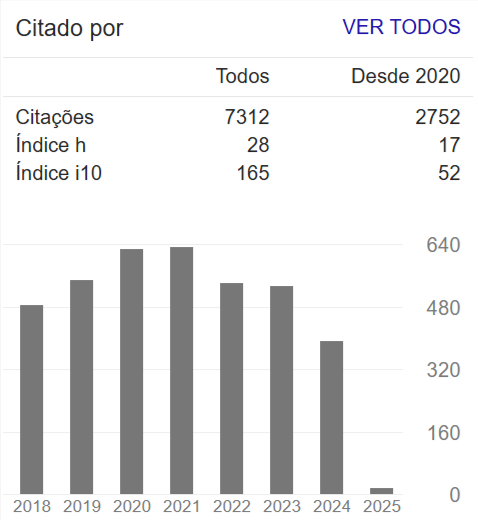FRATURAMENTO NO EMBASAMENTO CRISTALINO DO NORDESTE DO BRASIL: CRONOLOGIA DA DEFORMAÇÃO FRÁGIL, REATIVAÇÃO NEOTECTÔNICA E IMPLICAÇÕES HIDROGEOLÓGICAS
Resumo
Recent methodological developments in the Hydrogeology of crystalline terrains demand detailed studies of rock fracturing, its chronological evolution and relationship to the regional geological framework. The example from Northeast Brazil idiscussed to illustrate the discrimination of different fracture sets, including their geometry, kinematics, crustal level and age.
The crystalline brittle structures usually display a complex history, related to different deformation episodes. In the present case, an older, major event corresponds to the late-Brasiliano (Cambrian-Ordovician boundary) deformation, related to the exhumation of a neoproterozoic collisional belt. This setting can be described as a NNE-trending dextral transpressive belt, with brittle and brittle-ductile structures generated at 4-8 km crustal
depth. A second, major deformation is associated to the rifting and development of passive margin basins lasting from Jurassic to early Tertiary times. The main structures of this stage were generated under a N to NW extensional regime and at shallower depths (2-4 km) as regards to the late-Brasiliano fracturing. These structures constitute a network of planar discontinuities which are reactivated under near-surface conditions (<1 km
depth) by Neotertiary-Pleistocene and Holocene events in the interior (alkaline magmatism and doming) and margins (spreading of the Mid-Atlantic ridge, Andean compression) of
the South America plate. The current stress field is characterized on the basis of seismological, morphotectonic and structural data, in terms of E-W compression and N-S extension (a regional effect), which alternated with opposite stress tensors (the more localized, doming effect) during Neogene times. The phenomena of percolation and acummulation of exploitable water are geologically very recent and localized at very shallow crustal levels. As such, the hydric potential of fracture sets in crystalline rocks is determined, among other parameters, by
the mode of reactivation (kinematics) of these fractures, subjected to the neotectonic stresses. On the other hand, opening of fractures by decompression and weathering close
to the surface emphasize the importance of vertical movements in the recent evolution of the terrain. A chronology of fractures, with their corresponding crustal level, allows a better evaluation of the neotectonic reactivation conditions and is thus an important tool for hydrogeological prospecting in crystalline terrains. Building a regional fracturing model, as discussed in this contribution, is one of the first steps to improve the routine of locating water wells.

















